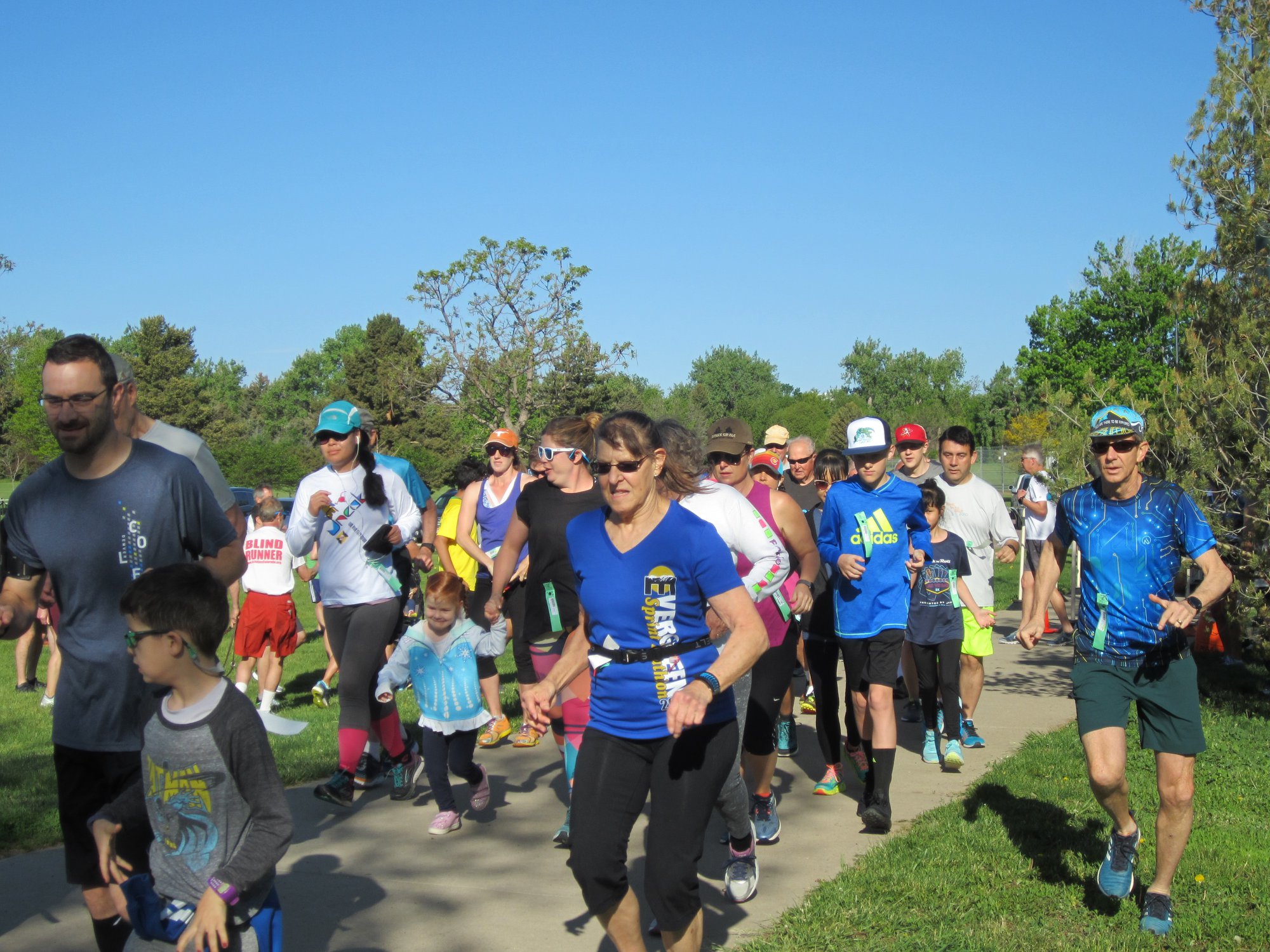Part 5: 1976-1980, The Big Growth Years
This five year period saw the largest growth in the club’s history. The active membership role went from topping 100 for the first time in 1974 to pushing 1000 active members by the end of the decade. (The magic 1000 active member level would finally be reached for the first time in 1984.) During this period of growth, the club was blessed with strong leadership from our presidents. Ed Hagerman led the club for two terms in 1974-1975. Buzz Yancy was a very enthusiastic and inspiring leader for three terms from 1977-1979. Those around in this era learned that there was “no such thing as good enough” if you planned on meeting the standards set by Buzz first for himself and second for the club. In 1980 the club was under the leadership of Lucho Van Dyke. During much of this era Bill Michaels volunteered significant amounts of time and efforts as Vice-President of Events and Vice-President for Sponsored Races. In this capacity Bill performed the functions of several of our current committee chairpersons.
1976: Bob King became the first person to break the 900 point barrier in the handicap trophy series with a winning total of 929 points. Two other runners also broke the 900 point barrier that year.
1977: The long standing $5.00 individual membership dues rate was raised to $10.00 at the end of the 1977 calendar year. The family rate was increased to $15.00 per year. This was the first increase since the controversy over the proposed high dues ($10 per year) that contributed to the parent club split in 1970.
1978: The t-shirt of the month is currently awarded by the club to recognize outstanding volunteer efforts by individual members. Years ago, this award was given to a member for various types of outstanding achievement, volunteer efforts, or most any noteworthy running related activity. The January 1978 award was made based upon one of these noteworthy activities. Tom Crump had completed his warm up for one of the Arapahoe Series races and removed his sweat suit for the start of the race when he “felt a rather brisk breeze. He looked down to view the situation and, that’s right folks, discovered he had forgotten to include a certain item of dress”. Further quoting the newsletter about the award, it was “no big thing”.
The smallest margin of victory in the handicap trophy series was recorded in 1978. Ken Prince (892.3 points) edged out Rod Butler by 0.9 points. Rod could be heard for months saying if he had only passed one more person during any race that year he would have won. In the words of Allen Carlson, after scoring the third highest handicap score ever recorded up to that time in the 1982 series with 964.2 points – and only finishing third that year, “You pay your money and you take your chances”.
1979: The largest and probably the finest road racing field ever assembled in Colorado up to that time participated in the July 1979 Diet Pepsi 10K at Washington Park. For those of you who were not involved in the running scene back then, this race was part of a big time national series of races. There were 3,653 entrants that included the likes of Frank Shorter, Bill Rodgers, Garry Bjorklund, Dick Quax, and James Rotich of Kenya. When the smoke cleared, Frank Shorter was the winner and a local 21 year old favorite Jon Sinclair was second. Winning time, 29:17.
Wade Biggs won the 1979 handicap trophy series with 888.0 points by a 53.8 point margin. The noteworthy thing of his victory was that he was the first and only person to win the series while only running 11 of the 12 scheduled races.

